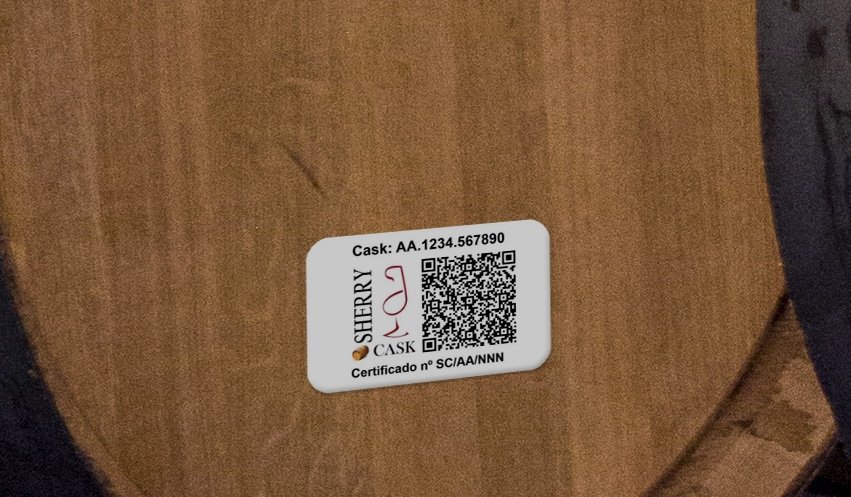
The production of wine in Jerez is much more than just a simple economic activity because Sherry is much more than just a wine. Over almost three thousand years, the cultivation of the vine and the production of wine have led to the development of a whole series of cultural expressions which make Jerez a very special place. Throughout this time and with the involvement and contributions of peoples of widely diverse origins, unique methods of production and ageing have been established which have in turn led to the creation of wines which are as different as they are extraordinary. Not only that, but whole professions have been created as well as architecture, language…in fact a complete and absolutely unique culture: the culture of Jerez.
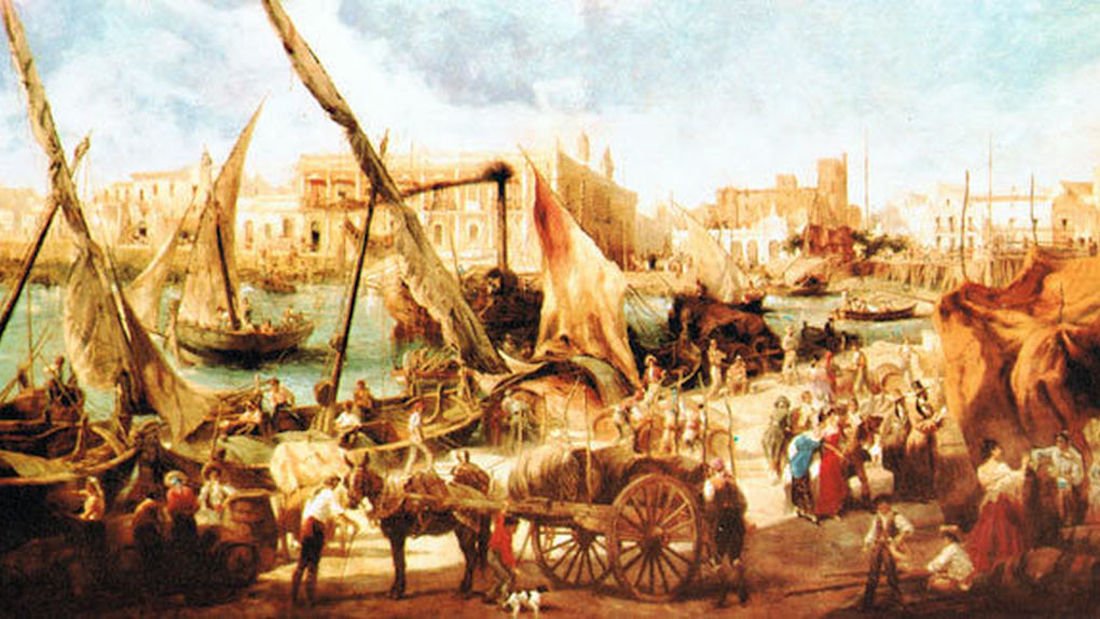
One important part of this unique history and culture concerns one of the essential elements of the production of Sherry: the cask. These wooden barrels in which the wine rests throughout its ageing are the product of one of the oldest and noblest of trades: the coopers. They are absolute masters in the construction and repair of this supreme example of design efficiency, the Sherry Cask.
Its quasi-cylindrical design facilitates both moving it – just one person can roll it on its belly – and storing it, be it in a warehouse or a traditional bodega. Also - at least in Jerez – numerous other winemaking tasks such as fermentation or blending have traditionally been carried out in wooden casks, such that in Jerez the word "bota / butt” does not refer exclusively to a wooden container, but also to a measure of volume, equivalent to 500 litres or 30 arrobas (an arroba is an old measure equal to 16.66 litres).
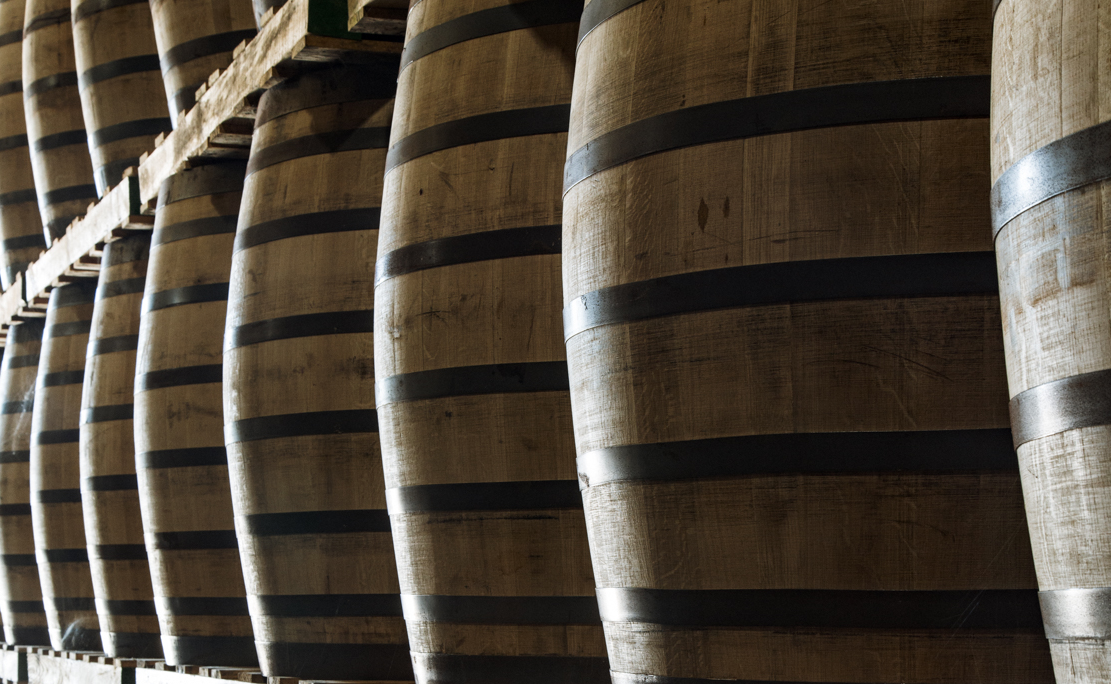
The oldest references to cooperage that we have in Jerez date back to before the discovery of The Americas. In fact it was in the mid XV century when the guild of coopers was established in our city, and they are thus considered to be one of the oldest professional associations in Andalucía. The Statutes of the Guild of Raisins and Harvest of Jerez, published on the 12th August 1483 by the city council of Jerez, is conserved in the municipal archive. In it, numerous aspects of the harvest and winemaking are regulated, including the characteristics required of the casks used for the production, storage and commerce of the wine.

Logically, the casks had to be made from the wood available in the area at that time; probably pine, chestnut and, to a lesser extent, oak. It soon became apparent however that the latter was the most suitable for wine barrels. The discovery of the New Continent and the proximity of the hugely important seaports of Sevilla and Cádiz had profound repercussions on the wine industry of Jerez. Wine was an essential commodity in the ships’ provisions, both as commercial goods for trading in the Indies, and for its indispensable alimentary qualities for the crew. A major part of the cargo of the ships of the era was wine, a fact which is amply demonstrated in the documentation relating to the provisions for the five ships in which Magellan sailed from Sanlúcar on the first voyage round the world on the 20th September 1519. In his Provisions Log, conserved in the Archive of the Indies in Sevilla, details can be seen of the loading of 253 butts and 437 odres (wineskins) of “Vino de Xerez” for a total crew of 246, which cost the Crown half a million maravedíes, more than the total spent on munitions.
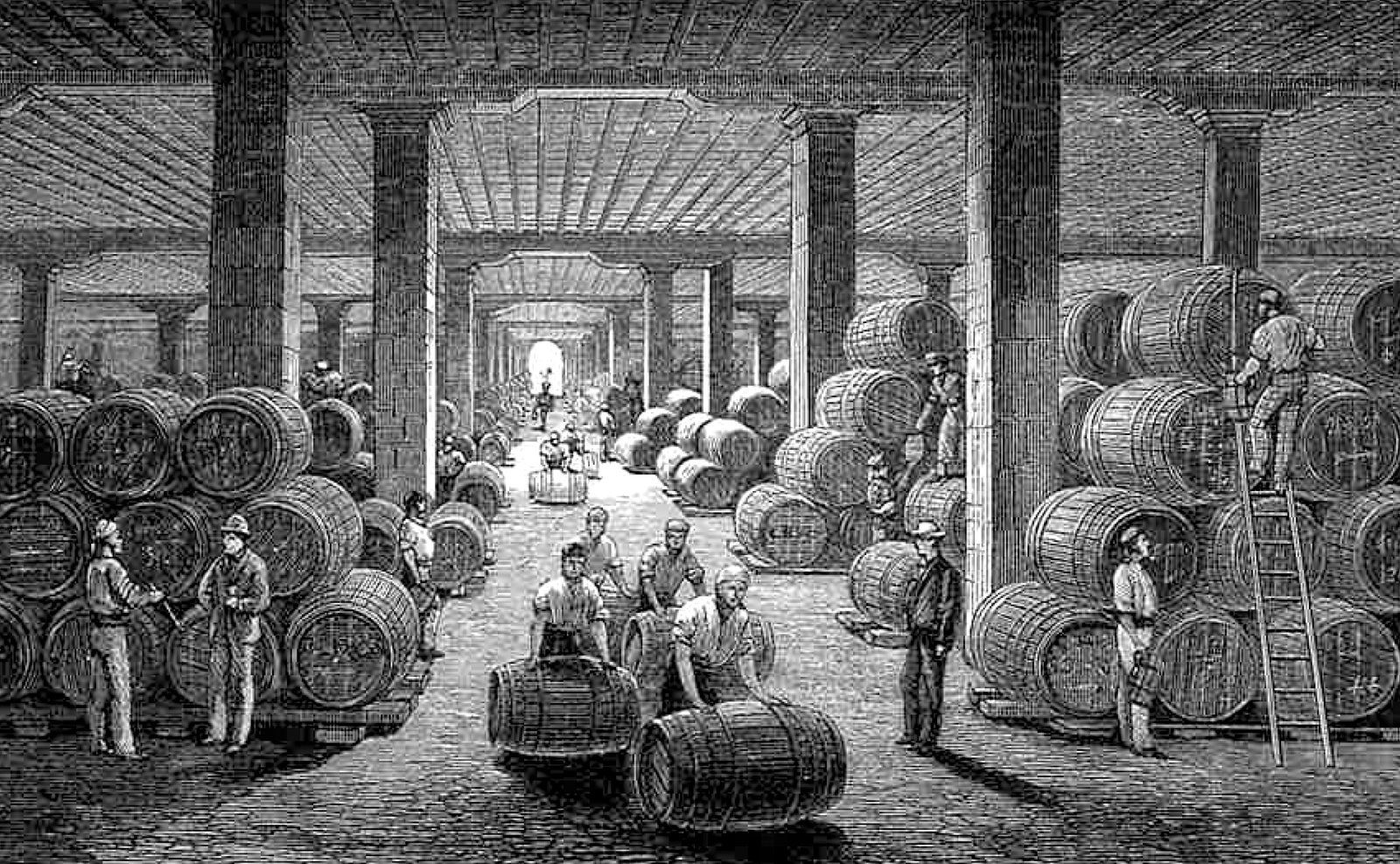
But furthermore, these wooden barrels were used for the transport of many other types of merchandise both liquid and solid such as foodstuffs in the form of powder or grains and even other products like gunpowder. Thus, merchandise which was brought back from the Americas came in barrels made from American oak, and probably many of them came to be reused for the storage of wine. In any case, oak certainly began to take over from other types of wood in the construction of Sherry casks, though chestnut and pine were still occasionally used. Important though trade with the Americas was, it wasn’t that which marked the expansion in Sherry exports during those times. The local “extractors” or merchants set their sights principally on the markets of northern Europe, and basically one in particular: England. Documents show considerable quantities exported to England, and Flanders, from the beginning of the XVI century, though it was a trade subject to enormous ups and downs, not only because of harvest variations, but also the important effects of commercial treaties and wars.

By the end of the XVIII century the wine industry of Jerez was highly developed and exports were booming. However successive wars with England in the period 1796 – 1808 brought considerable difficulty in the development of trade at a time when 90% of Sherry exports were destined for Great Britain.
The extractors and their commercial partners in our principal market had to be imaginative and use ships belonging to other nationalities or, in the case of English ships, operate under a flag of convenience, leading to the local expression “hacer el sueco” or to play dumb.
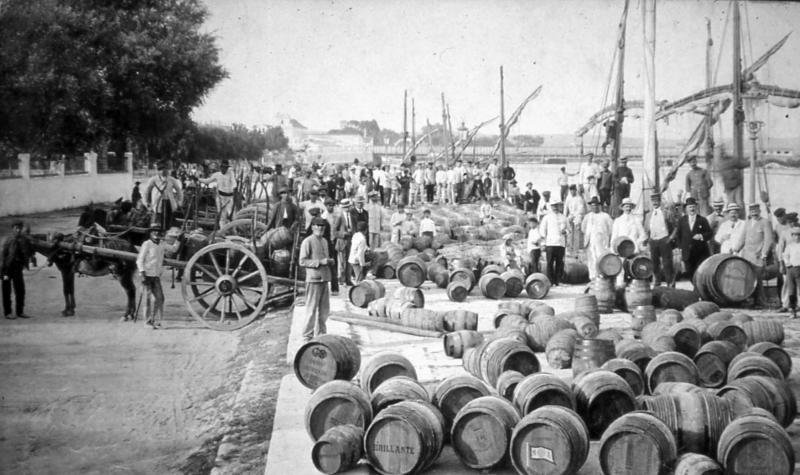
Finally, peace with England in 1808 and the later end of the Napoleonic invasion brought about a definitive boost in export activity which increased from a figure of around 7,000 casks annually at the beginning of the century to some 30,000 casks in the 1850s. At about this time Sherry and Port accounted for 90% of all English wine imports.
As can be seen, the first half of the XIX century was a time of great development in the wine business, driven by considerable capital investment and much more flexible regulations than those of the preceding century. This growth necessitated the construction of much larger warehouses, and the so-called “Cathedral Bodegas” began to appear; enormous buildings using particular construction techniques designed to serve the new business model and new types of wine which would come to prominence. Naturally this required the fabrication of thousands upon thousands of casks, not only for the storage and ageing of the wine but also for its transportation to the markets, mainly the United Kingdom, and it was in these markets where the wine was bottled.
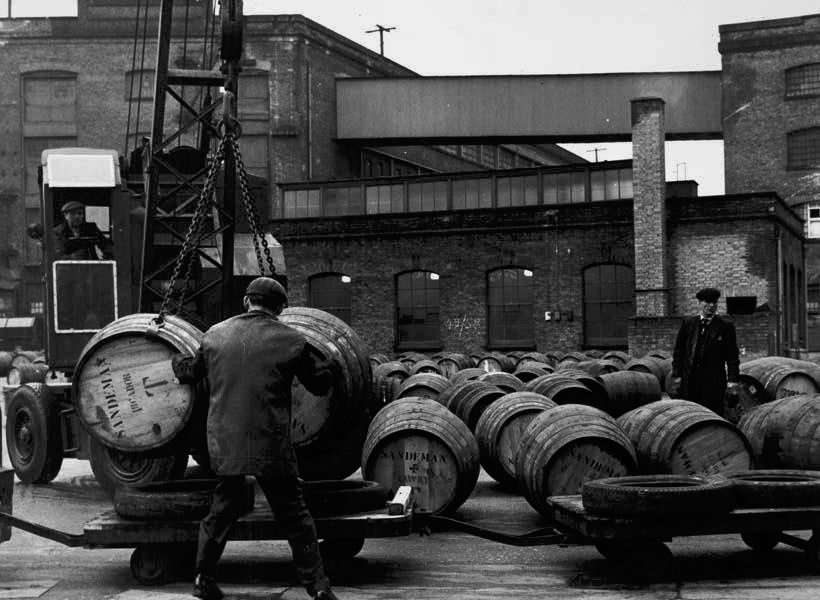
This business model demanded huge investment but also strict control of aspects such as distribution and commercialisation which guarantee a certain level of stability for the extractors. Thus began numerous alliances between local producers and their agents or importers in the export markets, bringing about the consolidation of some of the firms which - whether still in the hands of the founding families or not – have survived to the present day. Names which have formed part of the history of Jerez over the last 200 years began or consolidated in the first part of the XIX century: González Byass, Domecq, Harveys, Williams & Humbert, Sandeman etc.
All these firms had offices, warehouses and bottling plants on British soil as the United Kingdom was not only Sherry’s most important export market, but also our wines were re-exported from there to many other countries around the world. As a result, thousands and thousands of butts full of Sherry would arrive every year at the bottling plants in England.
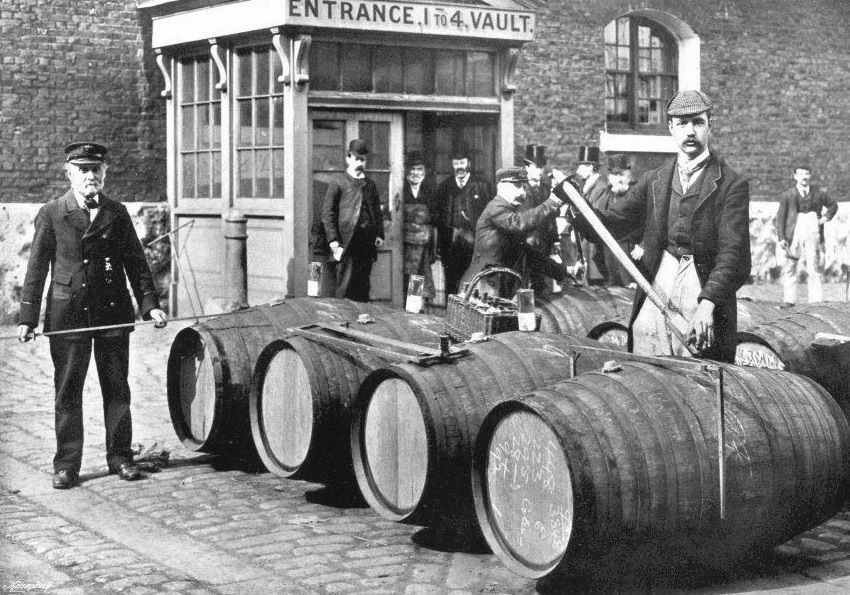
Although they were simple transport casks (or “export casks” of 500 litres), the wine usually remained in them for many months, even years in some cases; on top of the preparation time in Jerez and the long sea journey to the British Isles, the wine could be stored for some time in UK warehouses awaiting bottling or blending, something frequently done there to adapt the wine to the English taste.
These casks were certainly impregnated with the intense and marvelous flavours and aromas of the wine they contained; a fact that did not go unnoticed by the British merchants.
Every year, thousands and thousands of beautifully seasoned Sherry casks ended their working lives in warehouses in Bristol or London, and it was only a matter of time before some whisky merchant would discover how extraordinarily beneficial ageing whisky in these empty barrels would be. It acquired a marvelous depth of character from the aromas of Sherry which it lacked before being aged in these butts.
In fact this phenomenon was nothing new; in Jerez seasoned casks had been used for ageing wine spirit for decades, giving rise to Brandy de Jerez. This spirit owes part of its extraordinary quality to the nuances left in the wood by the Sherry and which are later extracted by the spirit thanks to the solvent capacity of ethanol.

So it was that from the middle of the XIX century a stable and mutually beneficial trade was established in empty casks from the bottling lines in the south of England to the Scottish whisky distilleries. Since then the finest malt whiskies have been aged in Sherry casks slowly acquiring the subtle aromas which the Sherry left steeped in the oak. This practice continued uninterrupted for most of the XX century; however at the start of the 1980s the Consejo Regulador of the Denomination of Origin “Jerez-Xérès-Sherry” decided to prohibit the bottling of wines registered with it outside the production zone. This measure was a consequence of the need to protect the wines which were often faced unfair competition from fraudulent use of their name in numerous international markets. There can be no doubt that bottling at origin was a necessary measure and it has helped to guarantee the authenticity of every bottle of Sherry to consumers worldwide.
In order to maintain the supply of seasoned casks for use in the ageing of whisky and other spirits, another system had to be devised and that is what is now in place: the establishment of firm commercial alliances between the three parties which make up this trade: the cooperages, the bodegas and the distilleries. They first make the casks for which they select the best American or European oak; the bodegas season them using exclusively wines from the vineyards of the Denomination of Origin “Jerez-Xérès-Sherry”; and finally the customer in Scotland, or whichever other country in the world which uses these casks for the ageing of their finest quality products.
The Consejo Regulador has been providing this commercial triangle with the Sherry Cask brand since 2015, guaranteeing via its Control and Certification body the authentic nature of the wines and the duration of the period of seasoning.
The cooperage is a trade that is learned from generation to generation, more than an occupation it is an art.

The somewhat magical process of seasoning takes place in very unique buildings: the Bodegas of the Sherry Wine Region often referred to as "cathedrals".
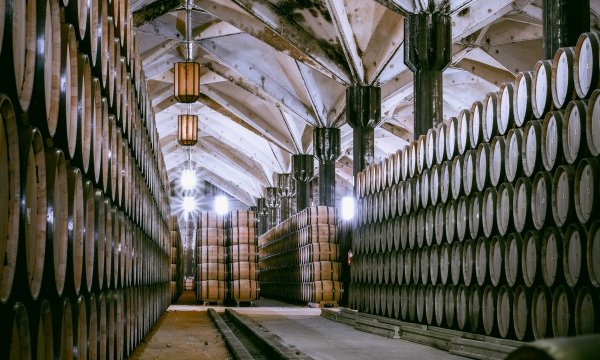
The Regulatory Council of the Denomination of Origin "Jerez-Xérès-Sherry" has among its functions the representation, defense, and guarantee of the Sherry Cask.
